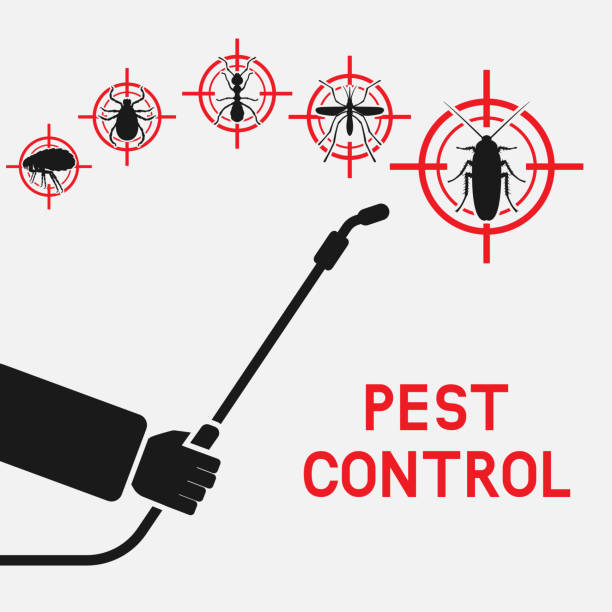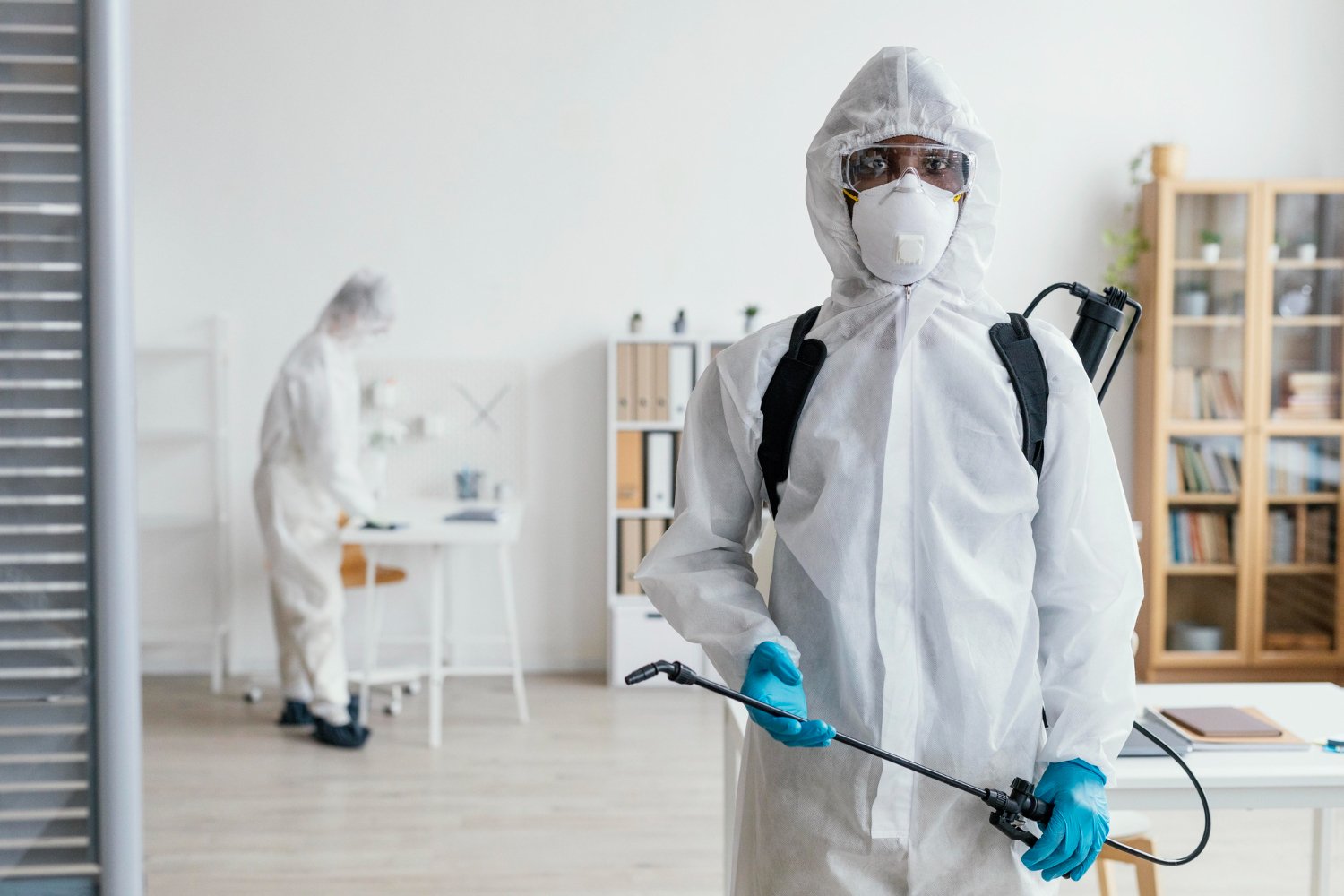Discovering Invasion and Treatment Approaches in the World of Pest Control
The landscape of insect control includes a myriad of obstacles, particularly as infestations of typical family parasites continue to develop. By integrating precautionary actions with innovative management techniques, such as Integrated Insect Administration (IPM), house owners can much better guard their settings.

Common Family Vermin
When it pertains to handling our space, understanding common household insects is important. These bugs not just interrupt our convenience however can likewise present wellness threats and damages building. One of the most widespread house parasites consist of ants, roaches, rats, termites, and bed insects.
Ants, frequently seen foraging in cooking areas, can pollute food and establish huge nests. Rodents, consisting of mice and rats, can cause architectural damage and lug illness like hantavirus and salmonella.
Recognizing the indicators of these insects, such as droppings, nests, or attack marks, is necessary for early treatment (Pest Control Lockhart). Appropriate hygiene methods, securing entrance factors, and preserving a clutter-free environment work preventative measures. By recognizing these common house insects and recognizing their habits, home owners can take positive actions to reduce problems, ensuring a much healthier living environment
Comprehending Parasite Infestations
Insect problems can escalate swiftly, transforming a minor nuisance right into a considerable trouble otherwise dealt with without delay. Understanding the nature of these invasions is critical for effective administration. Parasites can invade domestic and industrial rooms for numerous factors, including the search for food, shelter, or breeding premises. Common aspects contributing to invasions include poor sanitation, structural susceptabilities, and seasonal adjustments that drive insects inside.
Recognizing the sort of parasite is important, as various species show varied actions and reproductive prices. For example, rodents may establish nests in concealed locations while bugs like cockroaches prosper in damp environments. Early discovery commonly hinges on recognizing signs such as droppings, munch marks, or uncommon noises, which can suggest a trouble prior to it ends up being serious.
Ecological conditions also play an essential function in insect expansion. Cozy, moist climates can help with the fast growth of parasite populaces, while modifications in landscaping or building and construction can unintentionally produce helpful environments. Consequently, normal assessments and preventative procedures are extremely important to mitigating the danger of infestations. An enlightened approach to understanding these dynamics prepares for reliable insect monitoring approaches in the future.
Treatment Approaches and Methods
Efficient treatment techniques and methods are important for alleviating insect invasions and restoring a risk-free environment. A complex strategy is usually best, including chemical, organic, and mechanical strategies tailored to the details insect and the severity of the infestation.
Chemical therapies include using insecticides and herbicides, which can successfully remove bugs. However, proper application and adherence to safety standards are critical to lessen threats to humans and non-target microorganisms. Integrated Parasite Administration (IPM) encourages the cautious use chemicals as a last hotel, counting rather on monitoring and threshold levels to identify treatment needs.
Organic control approaches entail introducing browse this site natural predators or bloodsuckers to lower insect populaces. This method is significantly popular, specifically in agricultural settings, as it promotes ecological sustainability.
Mechanical approaches, such as catches and barriers, give prompt remedy for pests without presenting chemicals. Options include sticky catches for pests or physical obstacles for rodents.
Inevitably, the selection of therapy approach must consider the specific pest, the setting, and potential influence on human health and ecosystems. A well balanced mix of these strategies can successfully manage infestations while promoting lasting insect control remedies.
Preventative Actions for Residence
Proactively addressing bug problems before they rise is essential for preserving a healthy home environment (Pest Control Lockhart). Executing effective safety nets can considerably minimize the possibility of invasions, inevitably safeguarding both your building and well-being

Appropriate landscape design likewise plays an important go duty in prevention. Keeping shrubs and trees trimmed away from your house minimizes the chances of pests finding their method inside. Additionally, ensure that drainage systems are functioning effectively to avoid standing water, which can pull in insects and various other bugs.
Last but not least, regular evaluations are advisable. Routinely looking for signs of bug activity permits for very early intervention. By embracing these preventive actions, property owners can create an environment that is much less congenial to insects, consequently improving their general quality of life and reducing the need for extensive parasite control interventions.
Industrial Pest Control Methods
An extensive technique to commercial pest control is essential for companies intending to preserve a risk-free and sanitary setting. Efficient approaches include a combination of regular assessments, worker training, and the execution of Integrated Pest Administration (IPM) methods.
Normal inspections enable very early detection of bug task, enabling timely treatment. Businesses should develop a regular timetable for these analyses, concentrating on high-risk locations such as kitchen areas, storeroom, and garbage disposal sites. Worker training is equally vital; staff ought to be enlightened on the signs of bug infestations and the value of reporting them instantly.
Implementing IPM methods aids mitigate parasite problems sustainably. This consists of environment modification, such as sealing entry factors and reducing clutter, along with utilizing all-natural deterrents prior to resorting to chemical therapies.

In addition, teaming up with an accredited parasite control copyright makes certain access to specialist expertise and innovative treatment choices. This collaboration can bring about tailored insect control plans customized to the details needs of the organization, lessening dangers and boosting overall efficiency. Eventually, an aggressive and educated technique promotes a pest-free atmosphere, securing both public health and company credibility.
Verdict
In verdict, effective insect control requires an extensive understanding of usual home parasites and their behaviors, paired with targeted therapy techniques. Applying preventive actions together with treatment methods such as Integrated Bug Monitoring and biological control enhances the capacity to reduce invasions.